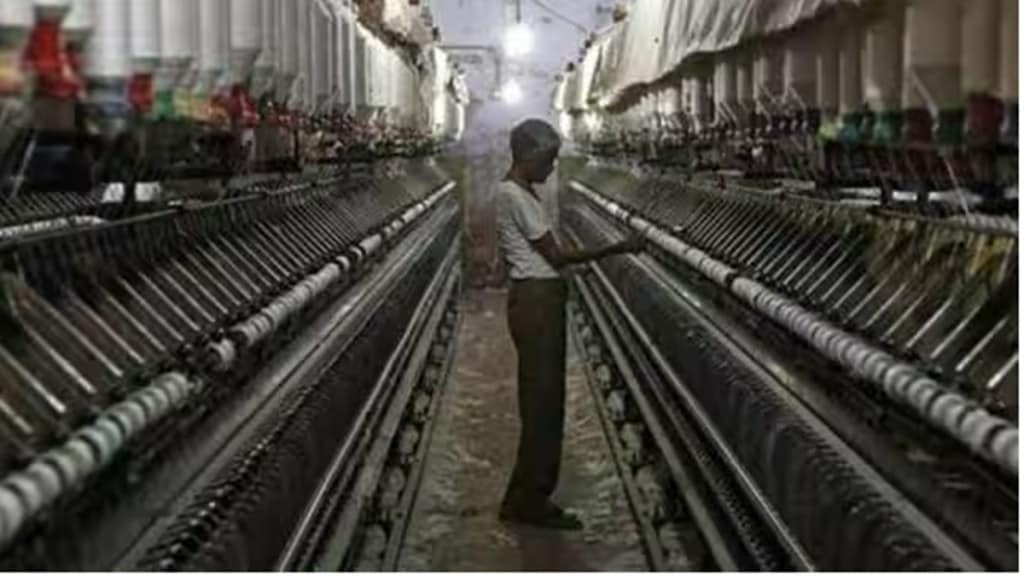The market for Indian textiles and apparel manufacturers may touch $ 350 billion mark by 2030 on the back of long-term positive outlook for the Indian economy and a strong focus on emerging areas like technical textiles, home furnishing, specialised fabrics and fashion apparels, according to a report.
The report released by FICCI-Wazir Advisors noted that Indian textile and apparel market size was around $ 165 bn in 2022, including the domestic market of $ 125 bn and exports of $ 40 bn. Given the long-term positive outlook, the market size is projected to grow at a 10% CAGR to reach $ 350 billion by 2030.
The global apparel market was at around $ 1.7 trillion in 2022 and it is expected to grow at a CAGR of around 8% to reach $ 2.37 trillion by 2030. Global Textile & Apparel trade was around $ 910 billion in 2021 and is expected to grow at a CAGR of 4% to reach $ 1.2 trillion by 2030.
According to Ashwin Thakkar, Vice President, Textile Association of India, “Despite this being an El-Nino year, India’s cotton production is expected to be good though prospects for cotton production in the US are bleak. This can be a big opportunity for India to capture a greater share in the international market.”
Bhavin Parikh, Managing Director, Globe Textile Limited, a leading textile player based out of Ahmedabad, said, “The sales for this ongoing festive season are very good. Demand may not be exceptionally good but it is expected to be steady.”
The FICCI-Wazir Advisors report points out that export competitiveness, attaining manufacturing excellence, strengthening the textile value chain, embracing sustainable practices and circular economy, and leveraging government schemes are the key enablers to attain the target. It also emphasises on automation and digitalization to improve processes and efficiency levels; bringing strong focus on people and skill development, starting leveraging FTAs to tap new markets; developing capabilities and building capacities in synthetic textiles and technical textiles and adopting global best practices for manufacturing excellence.
Commenting on the challenges being faced by the industry, Thakkar said, “We are too dependent on other countries for high performance and high speciality fibres. We need to start manufacturing them domestically so the import dependence can be reduced and we can export those products to other countries also”
